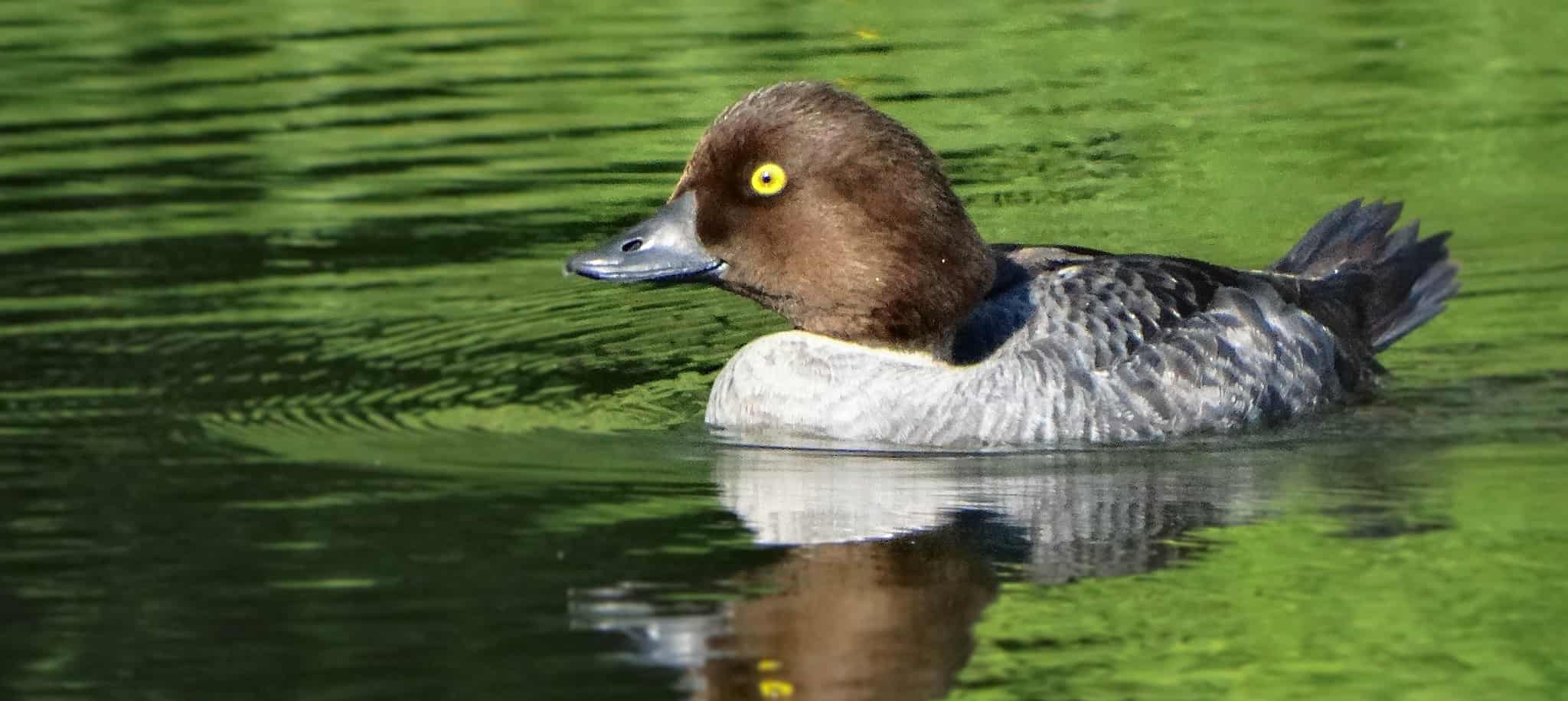Share this article
Climate change has birds migrating earlier
Climate change has pushed migratory birds to take their spring trips a week earlier than they did six decades ago.
According to a large-scale analysis of data gathered by 21 bird observatories from northern Europe and Canada on nearly 200 species, birds have advanced the timing of their migration by an average of just over a week since the late 1950s and early 1960s. Short-distance migratory birds have sped up the start of their migrations by 1.5 to two days per decade on average. Long-distance migrants start 0.6 to 1.2 days earlier.
“There are clearly some species which have advanced very fast and other species which have changed hardly at all,” says Aleksi Lehikoinen, an academic research fellow at the University of Helsinki’s Finnish Museum of Natural History and the lead author of a study published in Ecological Indicators.
While the birds have timed their migrations a week earlier on average to cope with warmer weather due to climate change, Lehikoinen said, this varies within migration season of species. Early migrants, for example, are more likely to have sped up their spring migrations compared to later migrants of the same species, which haven’t changed their habits as much on average.
While the researchers are not entirely sure about the reasons, Lehikoinen said it might be a case of the fitter bird catching the worm. More dominant individuals arrive sooner than juveniles or other less fit birds in order to better exploit breeding opportunities and feeding resources before the crowds flock in.
Meanwhile,non-breeders or juveniles, which do not experience as much breeding pressure still arrive late. The difference between the early birds and the latecomers has meant an extension of the overall breeding season of some species, Lehikoinen said.
He also noted different migration changes in different locations. Birds in Canada changed their habits less than their European counterparts, possibly because the Canadian locations showed smaller temperature changes.
Some North American birds showed a massive swing in migratory habits. The common goldeneye (Bucephalaclangula), a species that summers in much of Canada, Alaska and northern Europe and winters as far south as Mexico, Central Europe and Southeast Asia, has shifted the timing of its migration by as much as two weeks since the 1980s.
Just how these phenological shifts will ultimately help or hinder bird species is less clear, Lehikoinen said. Birds that arrive earlier, for example, may arrive in time to feast on abundant insects while latecomers miss the meal. On the other hand, species which have not advanced their migration may suffer from problems along their migration route. As a result, Lehikoinen said, it isn’t yet clear who will be the winners and losers among migratory birds, and that further research should be done to determine the effect on individual species.
Header Image:
The common goldeneye has shifted the timing of its migration by as much as two weeks since the 1980s.
© Jevgenijs Slihto








